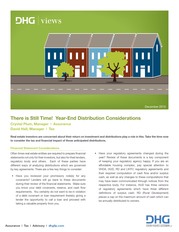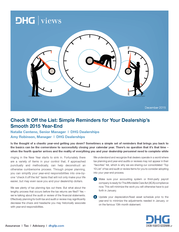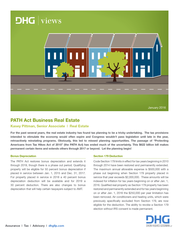Description
views
8. Ask for feedback, but only if you commit to act upon the
feedback: Employees want to be involved, empowered and
feel their work has impact. However, beware of asking for
feedback unless your management team is committed to act
upon the feedback and provide updates. Otherwise, you will
lose the trust of your employees.
4. Offer employees a career path and a career development
plan (and work with employees to update this plan
annually): This will allow your employees to have a better
long-term vision of their evolving role inside the company.
It will also allow the company to show its commitment to
developing its talent, which benefits both the company and
the employee. Succession planning, which is very important
to the construction and real estate industry, also ties into
employee development.
Succession planning without investing in development is an exercise in futility. The best companies spend more time developing candidates than they do creating lists. The takeaway: If you don’t want your best people walking out the door, you’ll need to build a proactive retention strategy that meets their individual needs for career development, recognition and work-life integration. Does your company have a proactive retention strategy? 5. Have a recognition program: Recognition programs create a culture to formally and informally reward good behavior. Employees feel a sense of accomplishment and success when their good behaviors are recognized as well as when they are challenged to be better employees. Rick White Partner | Assurance 703.226.0098 rick.white@dhgllp.com 6. Look for Stressors: Train your leaders to recognize stressors in your work environment and also help employees in stressful positions. 7. Customize benefits: This process will take significant time and effort because such a task requires a company to better understand its employees. Different employees want different things, so offering the same benefits package and working conditions to all will inevitably create dissatisfaction, which is a turnover risk.
While it may be inconvenient to offer more flexible working hours or a customizable menu of benefits, such practices boost employee satisfaction and loyalty. 1. Kaye, Beverly and Sharon Jordan-Evans. (2014) Love ‘Em or Lose ‘Em: Getting Good People to Stay. San Francisco, CA: Berrett-Koehler. Assurance | Tax | Advisory | dhgllp.com 2 .
Succession planning without investing in development is an exercise in futility. The best companies spend more time developing candidates than they do creating lists. The takeaway: If you don’t want your best people walking out the door, you’ll need to build a proactive retention strategy that meets their individual needs for career development, recognition and work-life integration. Does your company have a proactive retention strategy? 5. Have a recognition program: Recognition programs create a culture to formally and informally reward good behavior. Employees feel a sense of accomplishment and success when their good behaviors are recognized as well as when they are challenged to be better employees. Rick White Partner | Assurance 703.226.0098 rick.white@dhgllp.com 6. Look for Stressors: Train your leaders to recognize stressors in your work environment and also help employees in stressful positions. 7. Customize benefits: This process will take significant time and effort because such a task requires a company to better understand its employees. Different employees want different things, so offering the same benefits package and working conditions to all will inevitably create dissatisfaction, which is a turnover risk.
While it may be inconvenient to offer more flexible working hours or a customizable menu of benefits, such practices boost employee satisfaction and loyalty. 1. Kaye, Beverly and Sharon Jordan-Evans. (2014) Love ‘Em or Lose ‘Em: Getting Good People to Stay. San Francisco, CA: Berrett-Koehler. Assurance | Tax | Advisory | dhgllp.com 2 .













